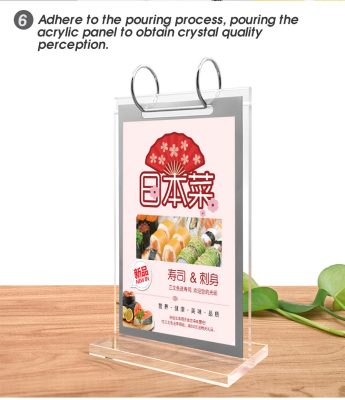The VOC-containing consumables in the calendar printing workshop include: bucket liquid, calendar printing machine cleaning agent, ink, varnish and floor cleaning agent. Although today’s consumables are moving to alternative products, such as from mineral oil inks or solvent-based inks to vegetable oil inks or water-based inks, these new consumables still contain VOCs, and it is best to check against MSDS or PDS to check the materials used.
water pollution. It mainly comes from inorganic substances such as corrosive liquid and heavy metal electroplating waste liquid used in the gravure plate making process, and organic substances contained in the waste liquid of photographic film and offset printing plate development and washing. One of the important causes of pollution, but also soil pollution.
noise pollution. Calendar printing presses, air compressors, drying equipment and various molding machines all generate noise. In addition, the noise generated by binding equipment and cooling towers is also very large.
Considering the extremely rich content of the article, these absences seem to be insignificant. However, the report does not address the benefits of workflow, the role of databases, variable data, XML, and web tools, unfortunately. Likewise, the report does not address ink optimization tools and the contribution of prepress to improving workflow efficiency, nor does it discuss any PDFs, and certainly not how different PDF-X can help customers achieve specific workflow improvements. The goal, in fact, is simply because publishers and desk calendar printers can get the documents they need for desk calendar printing in the first place. At the same time, reducing the link of proofing can reduce the impact of Wenzhou desk calendar printing industry on the environment.
When it comes to reducing emissions, there is more focus on process efficiency. As the authors state “no energy is the cheapest energy”. Digital color publishing in small batches can make printing a thousand copies as efficient as printing one.














